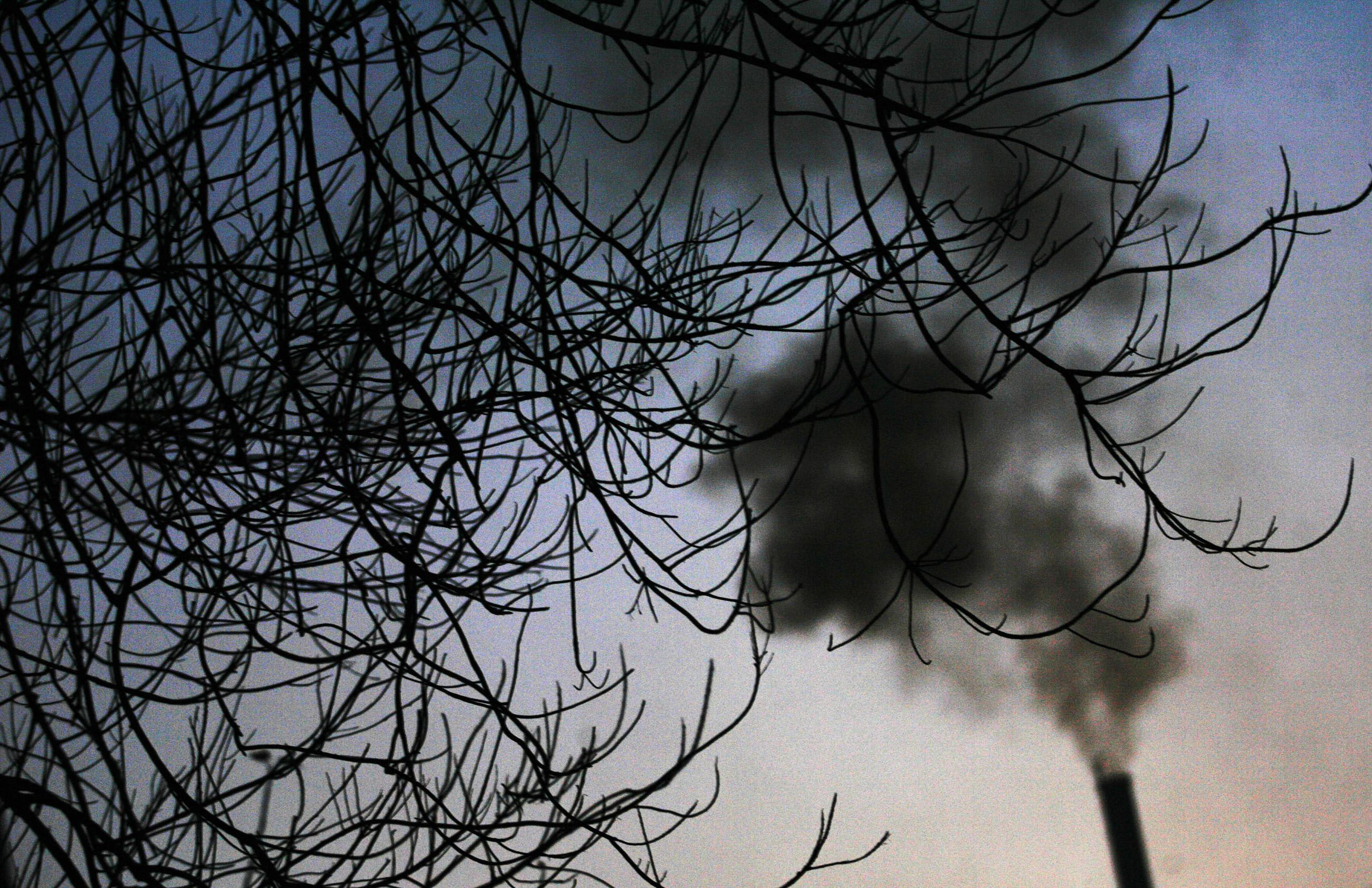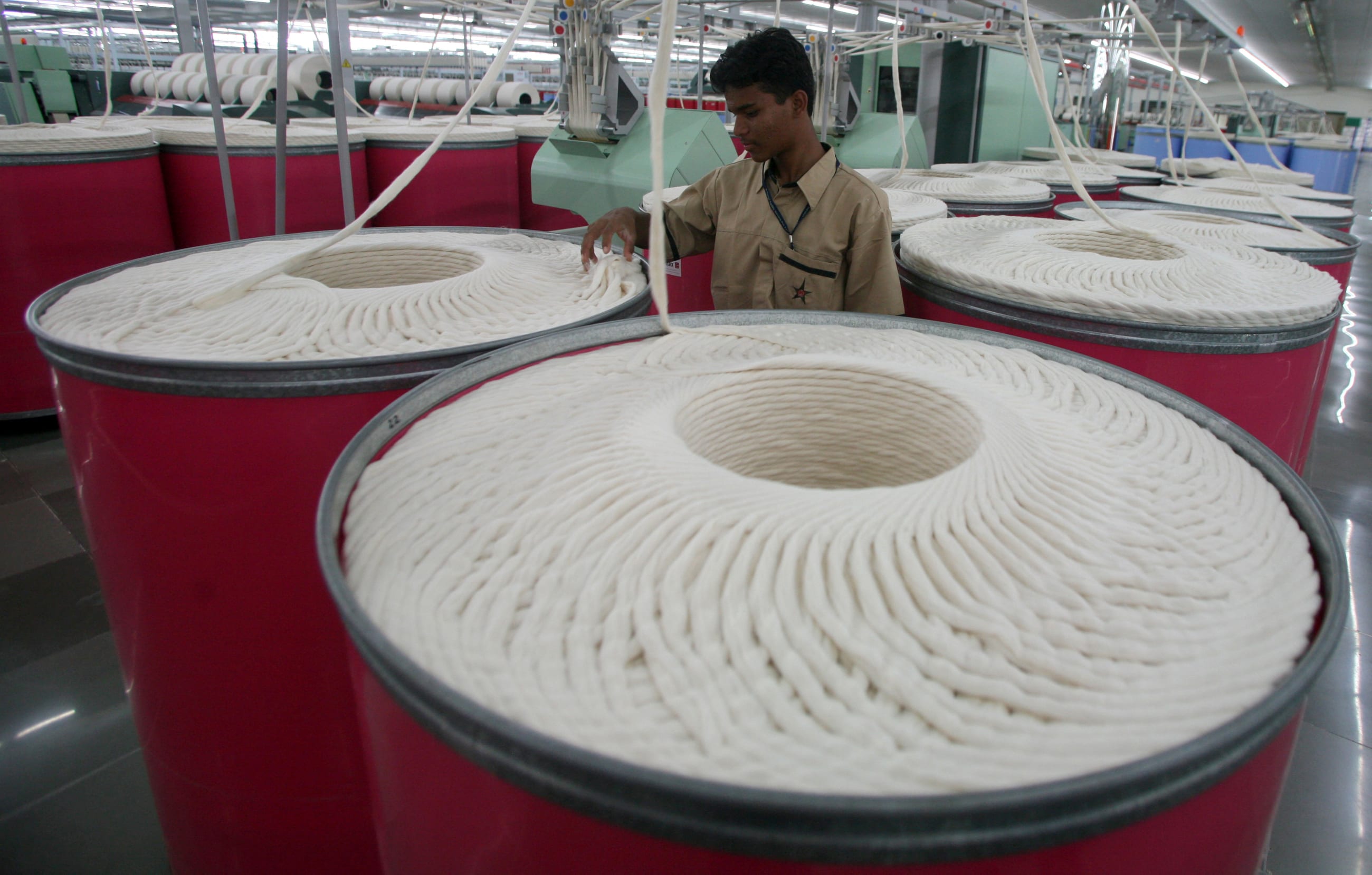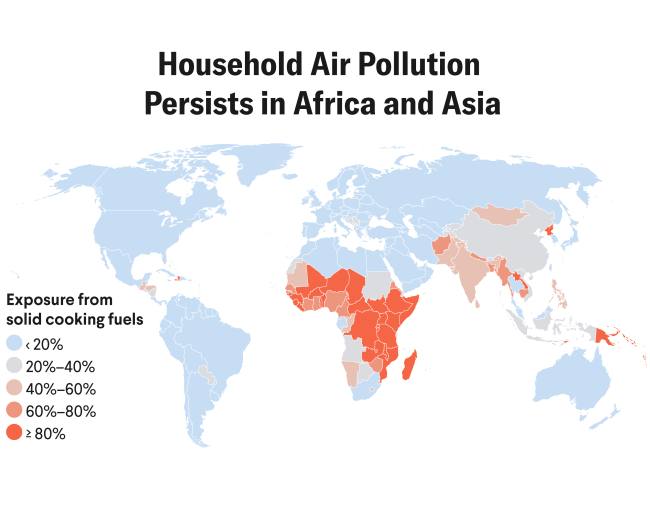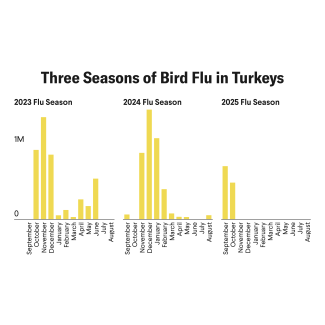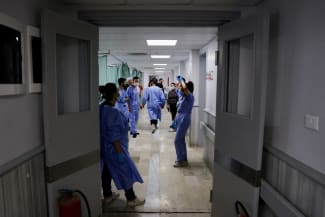The droning hum of mechanized looms rings familiar in Surat, a textile hub in the western Indian state of Gujarat, where factories produce and dye millions of meters of fabric daily. These factories are the beating heart of the city's economy—but they're also clogging the air.
Command-and-control regulations, which force polluters to meet certain emissions targets, have largely failed to keep industry in check. A recent experiment in Surat, however, presents an alternative approach: tackling air pollution using market forces.
Starting in 2019, a team of international researchers partnered with Gujarat's environmental regulators to launch an emissions trading scheme (ETS), essentially a market where particulate matter pollution is traded. This pollution consists of tiny particles called PM2.5 and PM10, which are emitted by sources such as vehicles and factories. When inhaled, particulate pollution can penetrate the lungs and enter the bloodstream, increasing the risk of cardiovascular and respiratory illnesses.
Rather than imposing fixed emission limits on each factory, the ETS program capped total pollution and allowed factories to buy and sell permits to emit, creating incentives to cut emissions more efficiently. In 2018, Surat's industries contributed to more than half—56% or 77,540 tons—of the city's airborne particulate matter.
"If you're running a factory, pollution is just an annoying by-product and something you have to deal with," says economist Michael Greenstone at the University of Chicago, one of the researchers involved in the project. "At the core of these markets is kind of a sleight of hand where pollution gets turned into money."
Results from Surat's experiment, published in the May 2025 issue of the Quarterly Journal of Economics, show that factories reduced emissions while saving abatement costs. The model boosted compliance with the law, and the researchers estimate that its benefits outweighed costs by 25 times.
In 2018, Surat's industries contributed to more than half—56% or 77,540 tons—of the city's airborne particulate matter
"It presents a paradigm shift in how to regulate pollution," says Tejas Patel, an environmental engineer at the Gujarat Pollution Control Board who oversaw the implementation of the ETS. Particulate pollution in India frequently exceeds the World Health Organization's safe limit by a factor of 10 or more, and long-term exposure to PM2.5 is linked to an estimated 1.5 million premature deaths annually in the country.
The experiment was designed as a randomized controlled trial of 318 coal-burning textile processing units in Surat. Roughly half were randomly assigned to the ETS, and the rest operated under the usual regulations. Factories received a fixed number of permits at the start of the session and traded them at auctions every Tuesday.
At the end of the year-long trial period, researchers found that factories in the ETS reduced pollution emissions by 20% to 30% relative to control plants. Factories also held enough permits to cover their emissions 99% of the time, a marked improvement over the existing system, where some 30% of plants were noncompliant.
Under the command-and-control approach, Patel says inspections were carried out once or twice a year. However, with the ETS, all plants had to install continuous emissions monitoring systems, which provide regulators with minute-by-minute emission readings. Trading aside, Patel says this close monitoring itself is a huge advantage and has made his job easier.
In contrast, the command-and-control system made regulation complicated to enforce, says Greenstone: "There's a long, arduous process if a plant is found out of compliance, and the only penalties available to the regulator are draconian, like shutting the plant down." In an emerging economy, regulators hesitate to do that because jobs and livelihoods are at stake.
ETS offers industries greater flexibility—reduce emissions or buy credits. "This, in turn, encourages innovation: Companies that cut emissions below their target can sell excess permits for profit," says climate scientist Aman Malik at the Delhi-based think tank Council on Energy, Environment and Water (CEEW), who was not involved in the study.
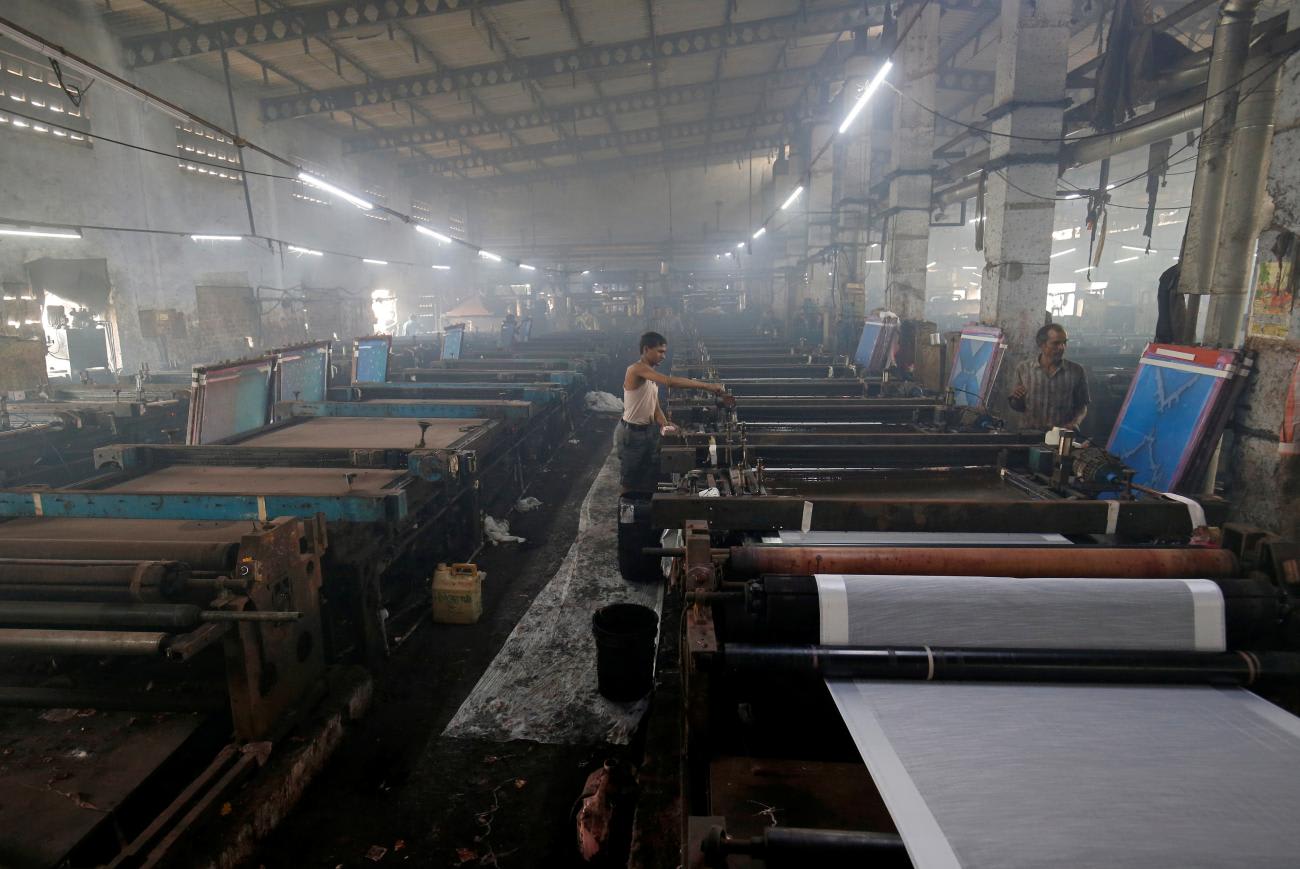
This incentive is an important motivator. "We are businessmen. Don't show us the rules, show us the profits," says Jitendra Vakharia, president of the South Gujarat Textile Processors Association. Many members of the group participated in the experiment, but Vakharia says that it took a long time to convince them to do so.
It was a challenge to build trust among industries and to assure them that the data being used for the evaluation would be accurate. Once the market was under way, their reservations began to fade. "Halfway through the experiment, the firms in the control group were lobbying to be put into the treatment group, that is, into the market," says Greenstone.
For those running the market, monitoring factories' emissions closely was sometimes tricky, too. Emission readings would be missing regularly, and factories blamed it on internet connectivity issues. As a workaround, the Gujarat Pollution Control Board devised a rule that whenever a factory's monitor didn't offer a reading, it would be assigned a high pollution value by default. "Suddenly, everyone's monitors started working," says Greenstone.
Emissions trading schemes have a strong track record in the United States and Europe. "There is a belief in many emerging economies that these markets are things for rich countries and that it couldn't work here," Greenstone explains. Surat's experiment, despite some hurdles, "directly challenges the notion that market-based instruments are too complex for developing countries or low-capacity regulatory environments," says Malik.
Air quality researcher Abinaya Sekar at the Health Effects Institute lauds the efforts behind the project. "Making it happen in the current regulatory setup is really hard," says Sekar. However, she doubts whether Surat's results can be easily replicated in other parts of India. Pollution control boards in several states are weighed down by severe staffing crunches.
In Surat, the Gujarat Pollution Control Board had external support of about 20 to 25 people from research institutes supporting the experiment. Without their help, Patel says, successful implementation would have been difficult.
According to Malik, an ETS requires a stronger institutional setup in the form of robust registries, enforcement systems, and trading platforms. Research by Malik's colleagues at CEEW shows that even though Indian firms are aware of carbon offset markets, many remain unfamiliar with how a compliance-based ETS would operate. "Focused capacity-building and phased implementation will be key to successful rollout," Malik explains.
Sekar is also skeptical about how industries in India's vast informal sector—small, family-owned enterprises that exist largely outside the regulatory framework—could be brought into such a market, given the significant financial investment that goes into it. Regulators in the state of Punjab encountered this problem in 2021 while trying to set up their own pollution market, says Patel. Factories there did not want to incur the cost of installing the special emission monitoring devices that are crucial for an ETS.
Last, for the pollution market to be truly successful, Sekar says, there would need to be significant improvements in the ambient air quality. Patel, the regulator, says ambient air quality in Surat has "definitely improved, but it is very difficult to say what the contribution of ETS is."
Despite the early limitations, Sekar says, such initiatives should be encouraged. Motivated by Surat's pilot, environmental regulators launched a second particulate emissions market in Ahmedabad, Gujarat's largest city, and are planning an effluent market in Surat to curb water pollution. Meanwhile, Gujarat's neighbor, the state of Maharashtra, is developing a sulfur dioxide market.
More than anything, Greenstone hopes the experiment in Surat will help developing nations around the world look at market-based environmental regulations differently. Many of these countries are emerging economies but are also grappling with a public health crisis posed by toxic air.
"The most important thing," he says, "is to recognize that emergency and try to find ways to address it that do not compromise the equally important goal of rapid economic growth."
